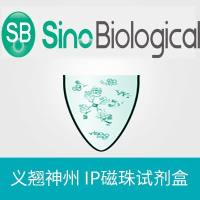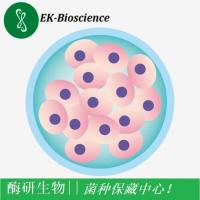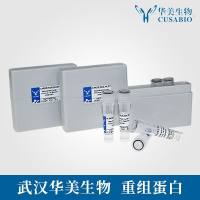Study of Substrate Specificity of MAPKs Using Oriented Peptide Libraries
互联网
547
Determining in vivo substrates phosphorylated by different mitogen-activated protein kinases (MAPKs) is critical to understanding how these enzymes regulate cell division, differentiation, and growth. The evolution of new technologies, particularly mass spectroscopy, has greatly facilitated this analysis (1 –3 ), although usually the investigator must still perform large scale biochemical purification of the presumed substrate to determine its identity. The use of oriented peptide library screening combined with bioinformatics offers an alternative approach to predicting likely substrates of protein kinases through motif identification and database searching (4 –9 ). In this approach, degenerate peptide libraries containing an orienting Ser (or Thr) residue are phosphorylated in vitro by the MAPK of interest, and the subset of phosphorylated peptides is separated from the bulk of nonphosphorylated peptides by immobilized metal affinity chromatography (IMAC) (10 –12 ). The recovered phosphopeptides are then sequenced by Edman degradation in bulk, and selection for each amino acid in positions flanking the fixed Ser or Thr is determined. The end result of this process is a matrix of selection values that describes the optimal phosphorylation motif for the MAPK that was investigated. These matrices can then be used to search protein sequence databases and identify potential substrates that contain the best matches to the optimal MAPK phosphorylation motif.








